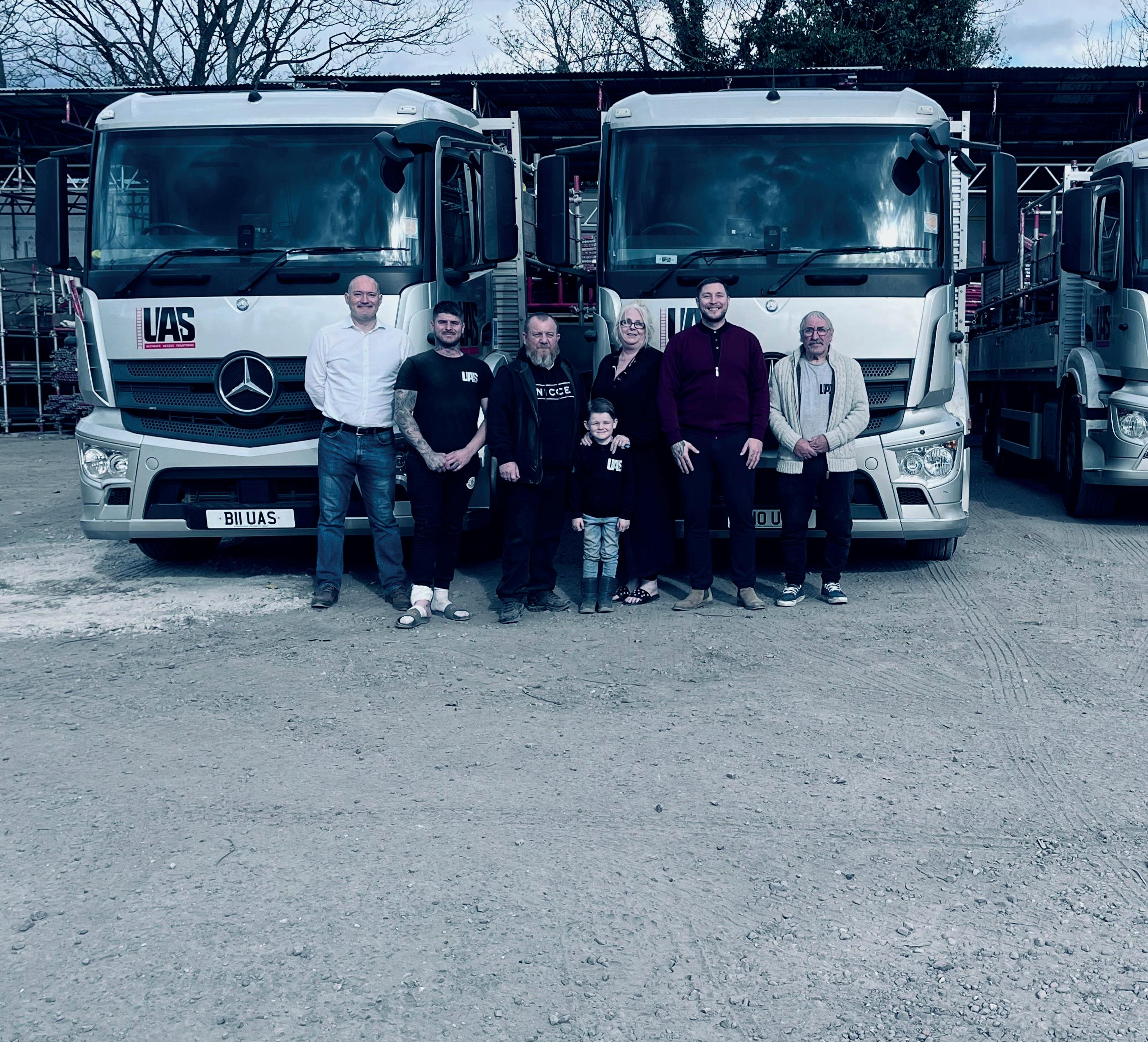
2 minute read
Scaffolding Association members join forces to provide complicated access at iconic cathedral
from AccessPoint Issue 21
by AccessPoint
Tubetec Scaffolding and Scaftec Limited, both of whom are Associate Members of the Scaffolding Association, have been providing access to the reflected ceiling of the iconic St Giles’ Cathedral in Edinburgh.

W ith the original building dating back to the 14th century, St Giles’ has been a centre point for many important events in Scottish history and is where the services of the Order of the Thistle take place.
St Giles’ pipe organ, which was designed to resemble the prow of a ship, has 4,256 pipes, it was made by Rieger Orgelbau out of redstained Austrian Oak and is an impressive feature of the cathedral.
Nevin of Edinburgh, renowned decorators of substantial period properties, were tasked with renovating the ceiling of the cathedral, which included painting and gold leaf works.
The entire ceiling was redecorated, the majority of which was accessed via a cherry picker, however to gain access to the parts around and above the organ, a more innovative solution was required.
The space to work within was restricted with additional challenges such as the close proximity of some pews meant there was plenty to think about as Liam Graham, Director of Tubetec Scaffolding explained:

“When I did the initial site visit I came up with an idea on how to achieve it that involved beaming across from the back corners and above the pews to provide the platform needed. With the limited space available and all the immovable obstacles, I thought it was the only possible answer.”
Liam sent his idea to Grant Keys, the Technical Director at scaffold design consultants, Scaftec Limited to check the plausibility of his idea.
Grant agreed that a bridged access birdcage was the right way to go and set about creating the design.
The project has a unique set of considerations and challenges as Grant explained:
“Working on historic or sensitive buildings such as St Giles’ Cathedral always provide technical challenges.
The scaffold design and erection had to take the historic nature of the building into careful consideration, to ensure the scaffold posed no risk to the cathedral structure or organ, the scaffold requirements and proposals were discussed on site with all parties.
The main constraints were where scaffold could be erected from, the organ was located in a slight alcove of the cathedral, as such the design and erection of the scaffold had to be carefully thought out.
The location of where uprights could be placed was critical, due to the raised floor around the cathedral organ and the adjacent pews.
In addition to the ground bearing constraints, the scaffold had to be bridged either side of the organ to ensure suitable access was provided.”
Every part of the cathedral had to be treated with respect, which made additional work for the Tubetec team when it came to erecting the scaffold, for example all equipment had to be laid out on sheets in a limited area to ensure there was no damage to the floors.
Overall the project was a huge success as Liam explained:
“In addition to the considerations of the organ, working so close to the priceless stained-glass windows was also always in the back of my mind, I am proud to say that we managed to complete the job on time and without a single scratch to anything!”
Regardless of the additional challenges, Tubetec thoroughly enjoy these high-profile projects as Liam concluded:
“As a company we feel lucky to get so many opportunities to work on iconic buildings throughout Scotland, it’s always a pleasure to work on them even though these projects can be quite nerve wracking when you are working around such priceless objects, but once the job is done it feels extremely rewarding to have been a part of such important work. St Giles’ is a prominent building in Scottish heritage and the whole team thoroughly enjoyed working on it.”










